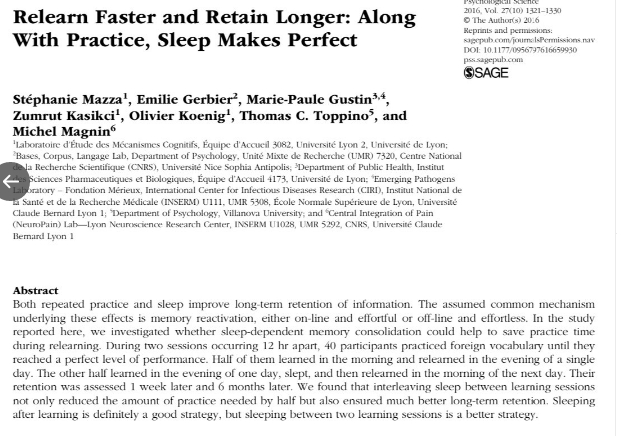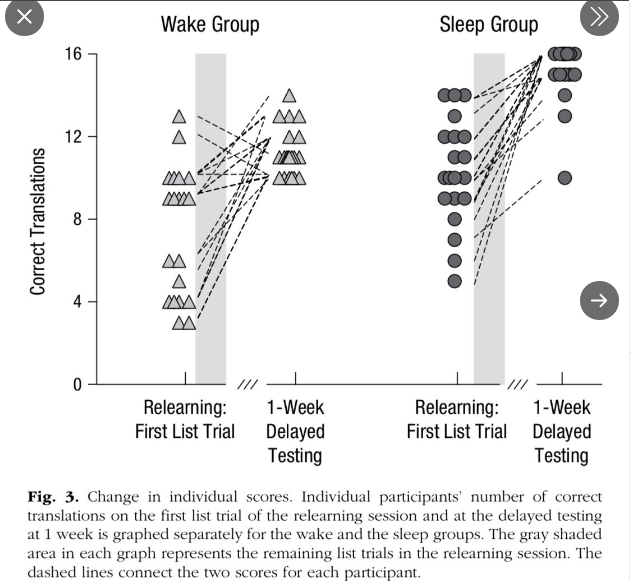Use the drop down navigation to see full playlist. ▼
Author: kiranjohny007@gmail.com
-
Learning in Chaos
Recently, Dr Michael Ryan, the Chief Executive Director of the WHO Health Emergencies Program provided some practical tips on dealing with the Chaos of Corona in a press brief.
I felt a strong need to share it because it provided some deep insights regarding the variable nature of Learning and decision making. (depending upon the nature of the problem viz. simple, complicated, complex, chaotic, etc.)
Novel emergency situation like a viral pandemic (in its peak) will come under Chaotic domain were nothing is predictable and in control. It require a totally different approach.
He said…
QUOTE
Be fast, have no regrets; If you need to be right before you move, you will never win. Perfection is the enemy of the good when it comes to emergency management.
Speed triumphs perfection. ( Minute 29:45 ⬇️)
The ability to employ different approaches depending upon the nature of the problem requires vivid clarification between these decision domains.
The Cynefin framework created by Dave Snowden to some extend serves the purpose of such a differentiation. It serves as a clarifying model by providing clear difference between 5 decision making contexts; Simple, complicated, complex, chaotic, and disorder.
In an education and learning context it will help teachers and policy makers to devise ideas specific to various learning contexts. Eg. SAT, Retrieval practice, Athletics, Entrepreneurship.Another way to think is the difference between Structured and unstructured.
Structured environment with clear rules and predictable feedback provisions.(sports, academic test)
Unstructured-complex-novel-environment, were rules and variables are not clear. Lacks feedback or lack of provision for regular feedback.(entrepreneurship, politics, life, corona virus, etc.) -
Spacing Effect in MOOC Learning.
In this study “Beyond Time-on-Task: The Relationship between Spaced Study and Certification in MOOCs” researchers used data collected from MOOCs to identify observational evidence for the benefits of spaced practice in educational settings.
This study suggested the following findings:
>Number of sessions students initiate is an important predictor of certification rate.
>When students spend similar amounts of time in multiple courses, they perform better in courses where that time is distributed among sessions.
-
Tweet: Evaluating Retrieval Practice in a MOOC
In the following study researchers looked at the effectiveness of two types of retrieval practice methods. They are
1) Retrieval Practice tasks which asked students to shortly summarize the content of videos, and
2) Students were asked to read pre-written summaries of videos.
-
Y-Combinator Series A Guide for entrepreneurs
Over the last two years YC companies have raised 190 Series A’s and over $2B of capital.
From this process, YC accumulated information about every one of those rounds while working with founders all the way to the close.
They have previously published some of what they learned, like: Standard and Clean Series A Term Sheet, Process and Leverage in Fundraising, etc.
YC was also working on a comprehensive Series A Guide which they released recently. @ ycombinator.com/resources/series-a-guide.
This resource collects nearly everything they have learned about Series A’s over the period of existence.
It is designed to help founders tactically and strategically plan for fundraises.Link to the Guide
-
2 Studies: Prior Knowledge in reading / Prior Success in venture capital.
One of my greatest interest in learning-science is to find connections and parallels between disciplines like academia, sports , entrepreneurship etc.
I recently came across following two studies, one on reading and other on venture capital, both of which demonstrates effects of accumulated advantage and disadvantage in two different disciplines.
Accumulated advantage and disadvantage in reading>
Accumulated advantage and disadvantage in Venture Capital>
-
Research: Accelerator expertise and Entrepreneurship
This study “Accelerator expertise: Understanding the intermediary role of accelerators in the development of the Bangalore entrepreneurial ecosystem” looked at the intermediary role of accelerators in the developing regional entrepreneurial ecosystem of Bangalore.
Researchers Suresh Bhagavatula, Ketan Goswami and J. Robert Mitchell analyzed data from 54 interviews with accelerator graduates, accelerator managers, and other ecosystem stakeholders and from 49 websites, 13 online video interviews, 26 online news sources, and 301 pages of policy documents.
They adopted a socially situated entrepreneurial cognition approach to theorize how accelerator expertise,- Existing at a meso‐level,
- Intermediates between (micro‐level) founders and the (macro‐level) ecosystem.
In this model researchers focused on four different types of accelerator expertise :
- connection
- development
- coordination
- and selection
which together increase stakeholders’ commitment to the entrepreneurial ecosystem, leading to venture validation (success or failure) and ecosystem additionality.
The findings indicate that accelerators contribute to ecosystems in a way that is distinct from, but supportive of, building individual ventures. -
Tweet: Along With Practice, Sleep Makes Perfect
Paper Link : Relearn Faster and Retain Longer: Along With Practice, Sleep Makes Perfect
Researchers investigated whether sleep-dependent memory consolidation could help to save practice time during relearning.
During two sessions occurring 12 hr apart, 40 participants practiced foreign vocabulary until they reached a perfect level of performance.
Half of them learned in the morning and relearned in the evening of a single day.
The other half learned in the evening of one day, slept, and then relearned in the morning of the next day.
Their retention was assessed 1 week later and 6 months later.
The researchers found that interleaving sleep between learning sessions not only reduced the amount of practice needed by half but also ensured much better long-term retention.
Sleeping after learning is definitely a good strategy, but sleeping between two learning sessions is a better strategy.



